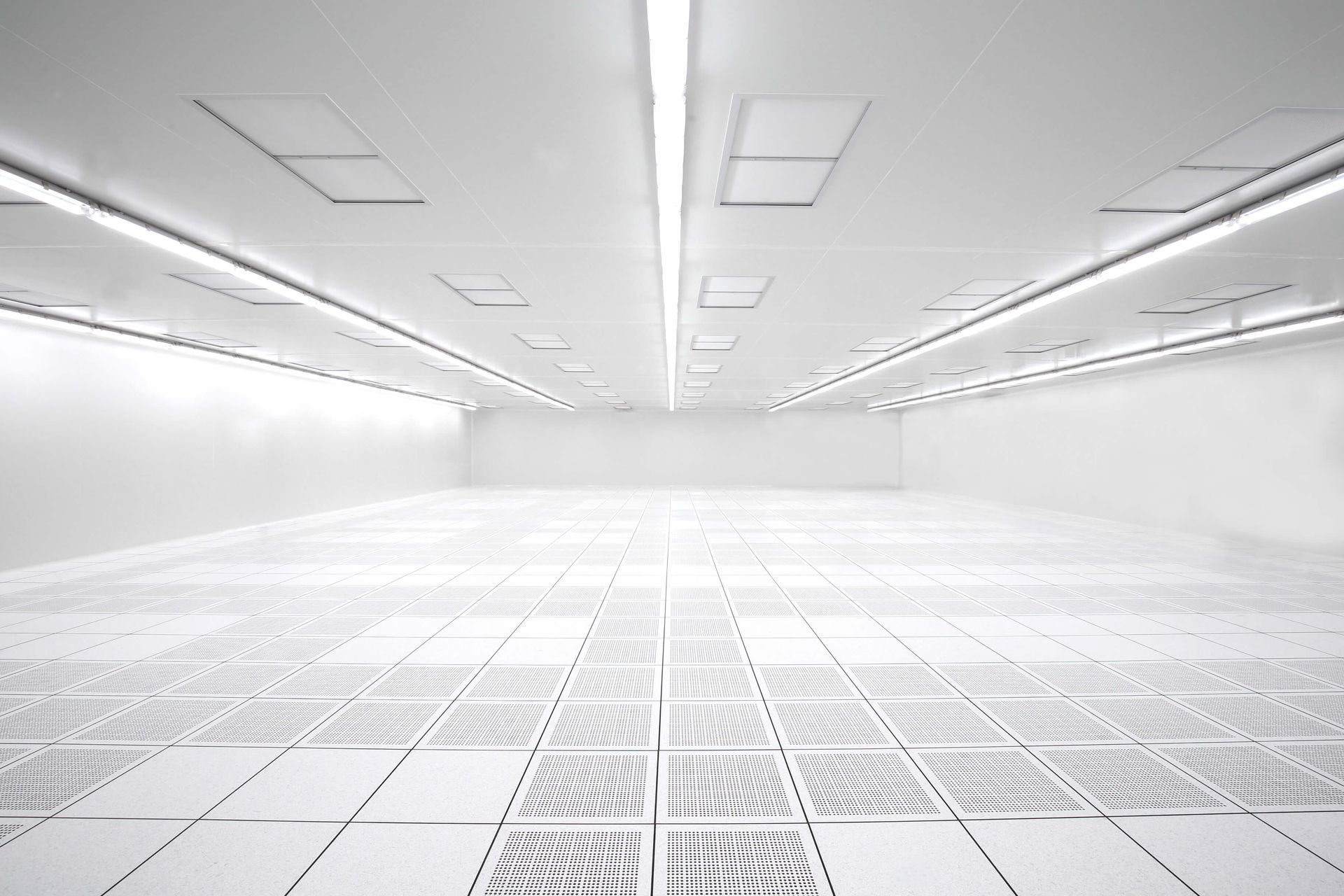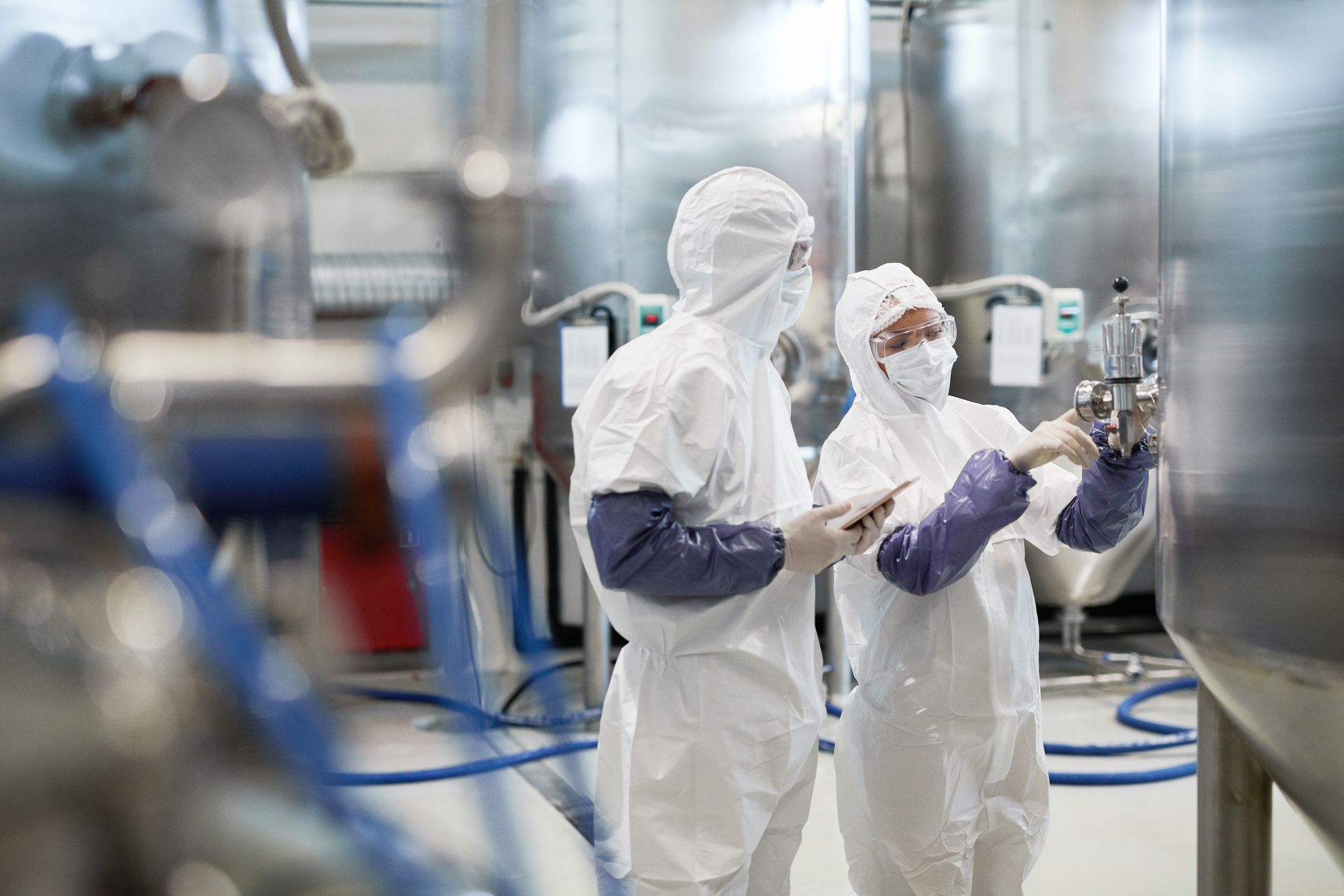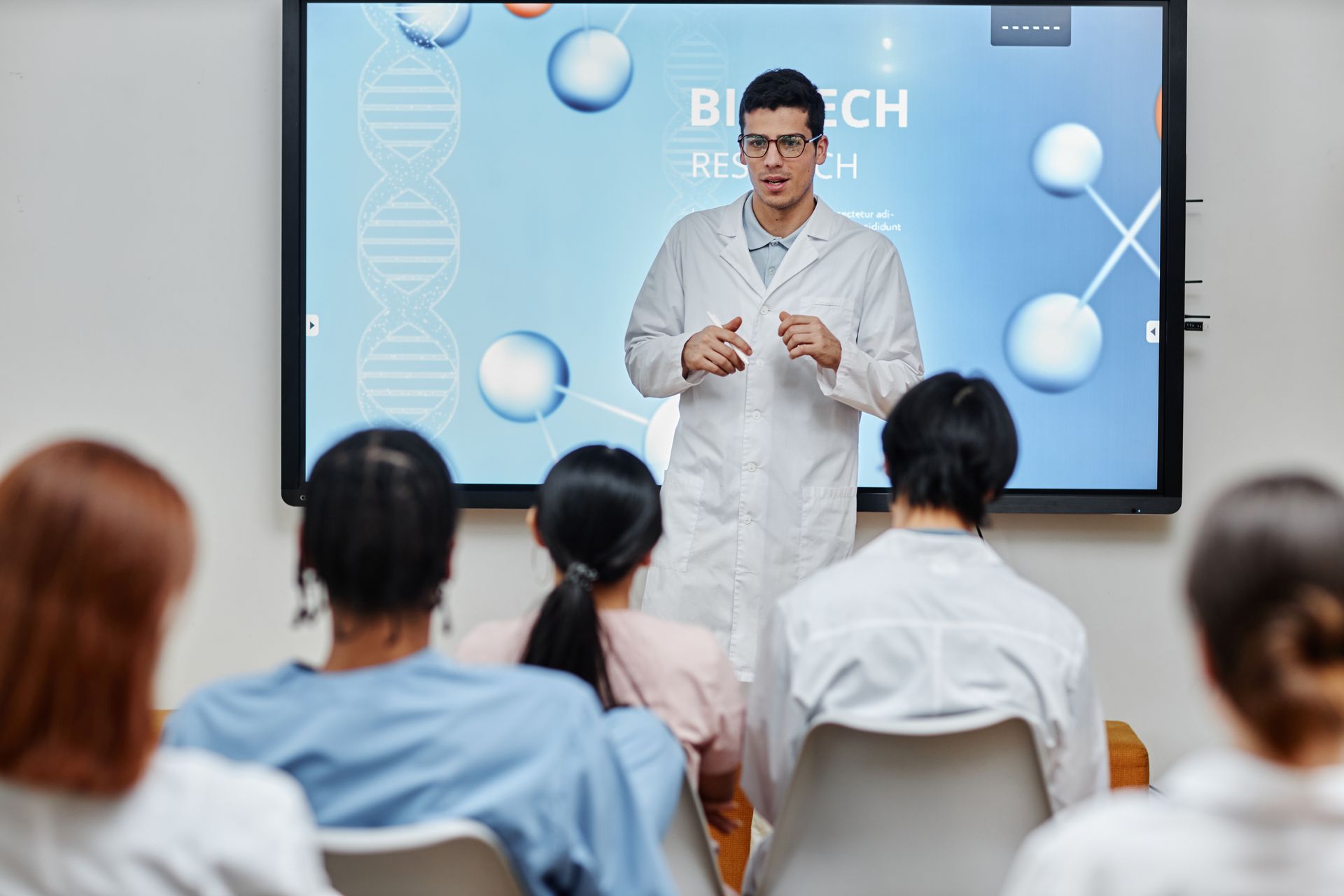Navigating the Complexities of Cleanroom Design and Construction

Introduction
Cleanrooms are specialized environments with controlled levels of contamination that are used in industries such as pharmaceuticals, biotechnology, electronics, and aerospace manufacturing. The design and construction of cleanrooms are critical components that determine their effectiveness in controlling particulate and microbial contamination. This article delves into the complexities of cleanroom design and construction, offering a detailed overview of the considerations, technologies, and practices that ensure these environments meet stringent industry standards.
Key Considerations in Cleanroom Design
Designing a cleanroom involves more than just controlling the amount of dust in the air; it requires a holistic approach that addresses several critical factors:
- Classification and Standards: The first step in cleanroom design is determining the required cleanliness level, often defined by ISO 14644-1 or other relevant standards. This classification will dictate many aspects of the cleanroom's construction and operation, including air filtration needs, airflow patterns, and materials used.
- Airflow Management: Effective airflow design is crucial for preventing contamination. Cleanrooms typically use laminar or turbulent airflow systems. Laminar, or unidirectional, airflow systems direct filtered air downward in a constant stream. Turbulent, or non-unidirectional, airflow systems use random patterns that can still effectively dilute airborne contaminants.
- Pressure Differentiation: To prevent ingress of particles, cleanrooms maintain a positive pressure relative to adjacent less-clean areas. This means air flows out of, rather than into, the cleanroom when doors are opened.
- Material Selection: The materials used in cleanroom construction must be non-particle shedding and resistant to frequent cleaning and sometimes sterilization. Common choices include stainless steel, sealed concrete, and special non-shedding tiles for floors, and coated aluminum or stainless steel for walls and ceilings.
Technologies Employed in Cleanroom Construction
The integration of advanced technologies is essential for achieving and maintaining the desired cleanliness standards:
- HEPA and ULPA Filters: High-Efficiency Particulate Air (HEPA) filters and Ultra-Low Particulate Air (ULPA) filters are crucial in removing particles from the air. These filters can trap 99.99% of particles 0.3 microns in diameter or larger (HEPA) and even smaller particles (ULPA).
- HVAC Systems: Heating, ventilation, and air conditioning (HVAC) systems in cleanrooms are designed to not only control temperature and humidity but also to ensure proper filtration and airflow to avoid contamination.
- Control Systems: Modern cleanrooms are often equipped with sophisticated control systems that continuously monitor conditions such as temperature, humidity, and particulate levels. These systems can automatically adjust conditions to maintain the specified environment.
Construction Practices and Challenges
Building a cleanroom is a complex process that involves unique challenges:
- Modular vs. Traditional Construction: Modular cleanrooms are pre-fabricated and can be quickly assembled, offering flexibility and scalability. Traditional construction, while more time-consuming, is often required for large-scale or highly specialized applications.
- Sealing and Containment: Ensuring that all joints, fixtures, and fittings are sealed correctly is crucial for maintaining the integrity of the cleanroom. Even minor leaks can compromise the controlled environment.
- Compliance and Validation: Post-construction, cleanrooms must be validated to ensure they meet the specific standards. This process involves a series of tests for airflow, particle count, and microbial contamination, among others.
Maintenance and Upkeep
Post-construction, the challenge shifts to maintaining the cleanroom's performance:
- Regular Cleaning and Maintenance: Scheduled cleaning using appropriate materials and methods is vital. Additionally, regular maintenance checks on the HVAC systems and recalibration of sensors and filters are necessary to sustain performance.
- Staff Training and Protocols: Personnel working in cleanrooms must undergo rigorous training in contamination control practices, including proper gowning and behavior to minimize contamination.
Conclusion
The design and construction of cleanrooms are multifaceted processes that require detailed planning and expert execution. By understanding and implementing the various considerations and technologies outlined in this article, industries can effectively manage contamination risks and ensure that their cleanrooms operate at the peak of their potential. This not only enhances product quality but also complies with international regulatory standards, safeguarding the health and safety of consumers and the integrity of sensitive products.






